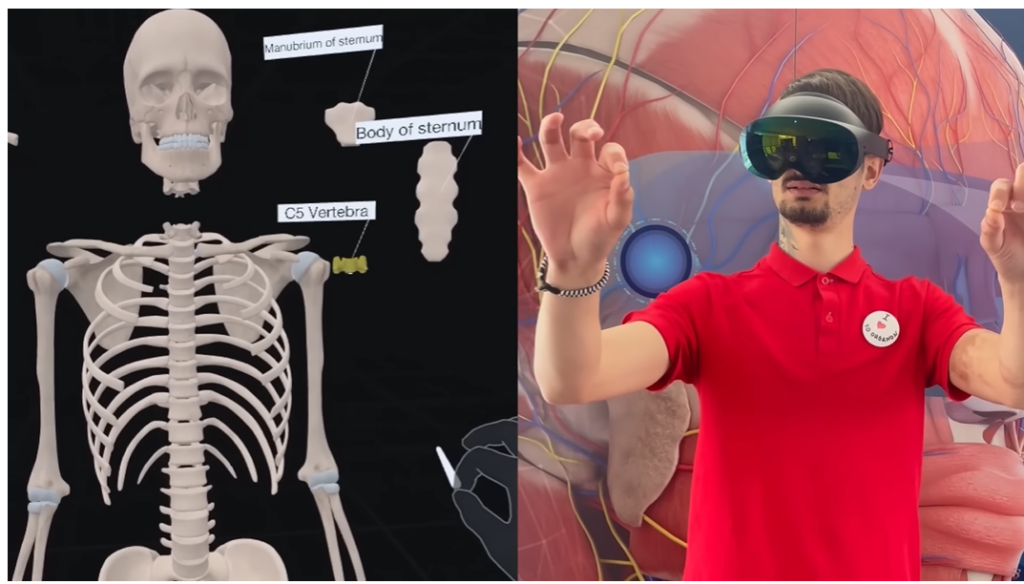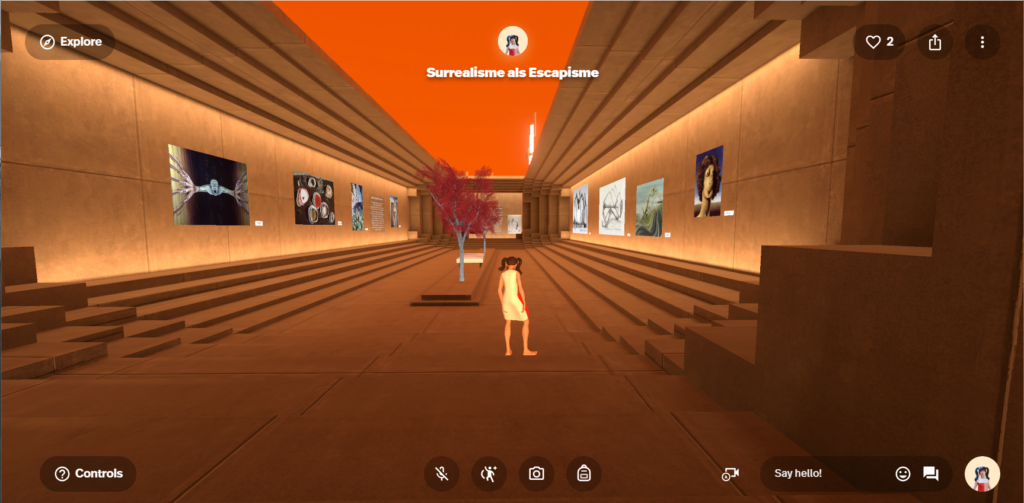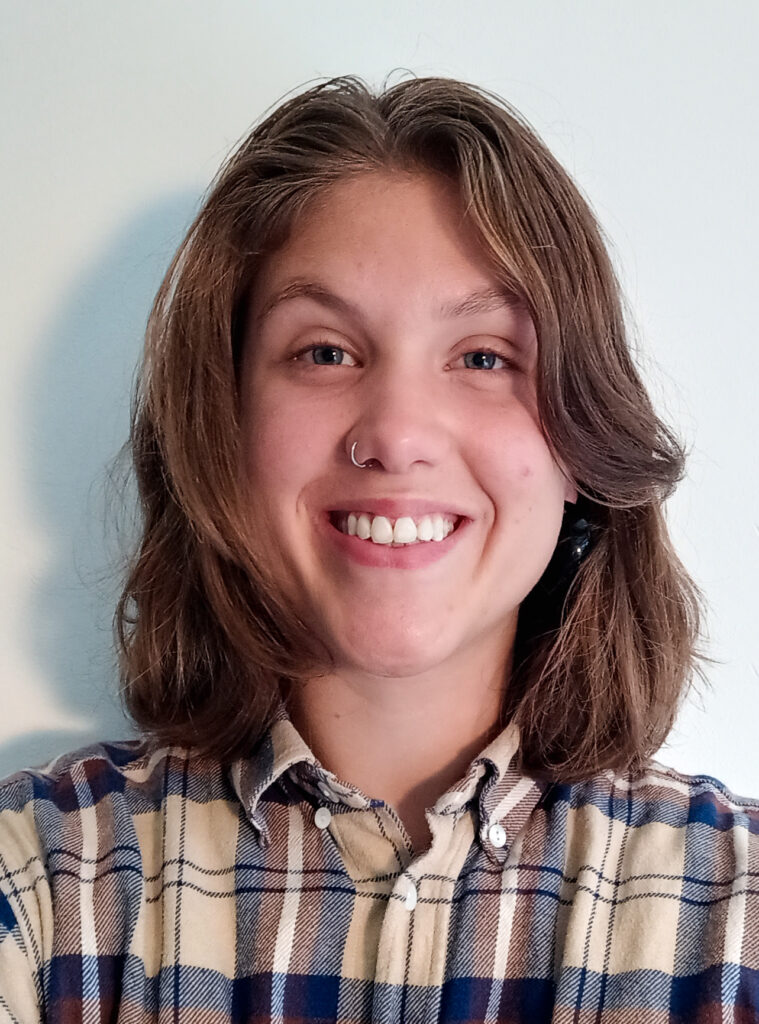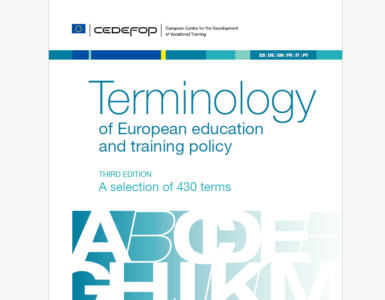by Linde Voorend, Vrije Universiteit Amsterdam, The Netherlands.
In his article Scaling XR in Higher Education, Jeremy Nelson states both the potential of XR in achieving deeper learning experiences and the considerations and difficulties that we face when working with XR in higher education. In an attempt to tackle these difficulties, the Tech Lab of the Vrije Universiteit Amsterdam provides infrastructure and support for teachers to successfully implement XR in their course or program. This article explores some examples.
PleitVRij: the virtual courtroom

PleitVrij, initiated and developed by VU innovation manager Sylvia Moes, is used for pleading practice within the Law programme. The application teaches students to plead better. Thanks to the VR headset, they suddenly find themselves re-enacting a court case in the oldest courtroom in the Netherlands, in Groningen. Whereas previously students only gained experience in a classroom, the new virtual setting allows them to better prepare for professional practice. In the virtual environment, students not only face their own peers and teachers. They interact live with students from the University of Groningen and Utrecht. This creates a situation in which students have to respond more spontaneously. Simultaneously, students that are watching practice their feedback. The three universities now work together with other interesting institutions, for example Antwerp University. Through this, the application enables cross-institutional working.
Practicing anatomy with 3D Organon

In the movement sciences and medicine program, the use of the application 3D Organon provides practice moments for students to prepare for lab work and test their knowledge of anatomy. During the course, students get the opportunity to sign up for practise sessions in groups of 2 or 3 to work with the application. One student wears the headset, while the other students follow their actions on the screen. This way, they can think along and offer suggestions. Valuable in this example, is not only the interaction with the virtual body. Adding to the learning process is the social way of learning, in which students approach the virtual body together. With a group of approximately 350 students, there is specifically chosen for an approach in which the practice moments span a longer period of time. All students get the opportunity to practice in small groups.
Curating exhibitions with spatial

In collaboration with the Tech Lab, a teacher from the Bachelor’s Degree in Media, Design, Art and Architecture found and used the app Spatial to teach students how to curate their own exhibition. Instead of solely picking out artworks and writing accompanying texts, the students now also had to consider the placement of them in the exhibition space and the experience that this encompassed for visitors. The course ended with a grand opening of the exhibitions, during which students were able to tour each other’s virtual exhibits in real time. The students also showed the exhibitions to their friends and family. This was the most important improvement according to the teacher. He expressed that students never show academic papers to their surroundings. The students expressed more motivation to work on the assignment because of the fun and game-like elements of the app. Feel free to explore one of the virtual exhibitions.
In every given example, learning goals and group sizes differ. This requires different approaches in which the technical staff and staff of the program work closely together. This collaboration is crucial in order to cater to the learning goals instead of taking away from them, which lurks around the corner in the case of lacking technical knowledge or an even higher workload for teachers. In the Tech Lab, we try to facilitate those aspects that might cause teachers to be scared away from using XR, like infrastructure and technical support. Through this, we hope to encourage the use of learning materials that exist besides the regular articles or books, and especially to encourage the use of learning materials that suit learning goals best. For what learning goals do you think XR might be useful in your institution?

Author
Linde Voorend, Vrije Universiteit Amsterdam, The Netherlands














